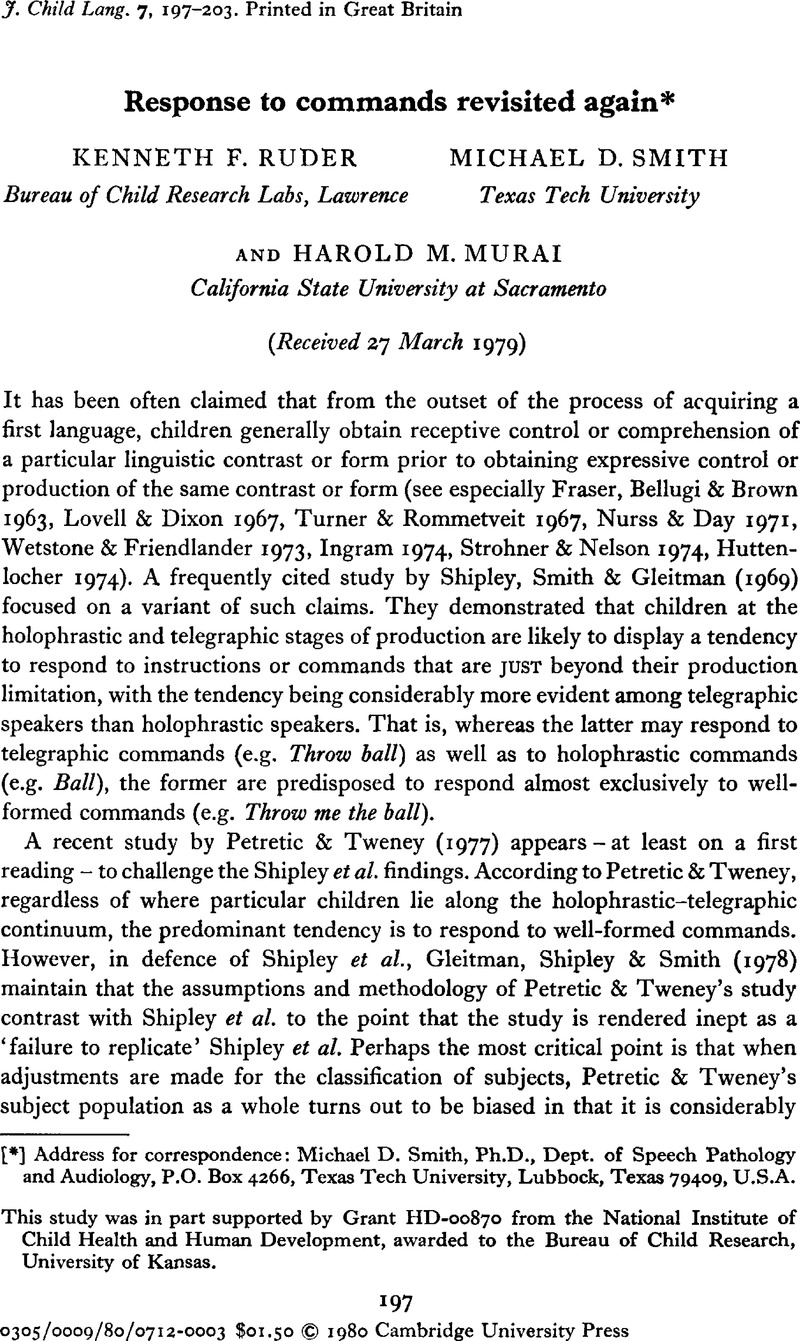Crossref Citations
This article has been cited by the following publications. This list is generated based on data provided by Crossref.
Fey, M.E.
2008.
The (mis-)use of telegraphic input in child language intervention.
Revista de Logopedia, Foniatría y Audiología,
Vol. 28,
Issue. 4,
p.
218.
van Kleeck, Anne
Schwarz, Amy Louise
Fey, Marc
Kaiser, Ann
Miller, Jon
and
Weitzman, Elaine
2010.
Should We Use Telegraphic or Grammatical Input in the Early Stages of Language Development With Children Who Have Language Impairments? A Meta-Analysis of the Research and Expert Opinion.
American Journal of Speech-Language Pathology,
Vol. 19,
Issue. 1,
p.
3.



